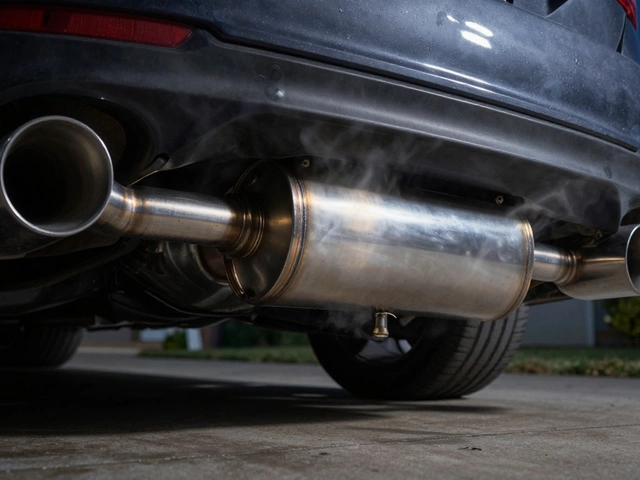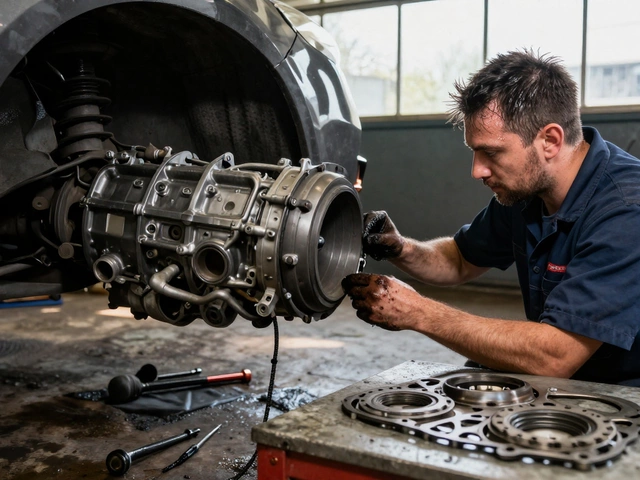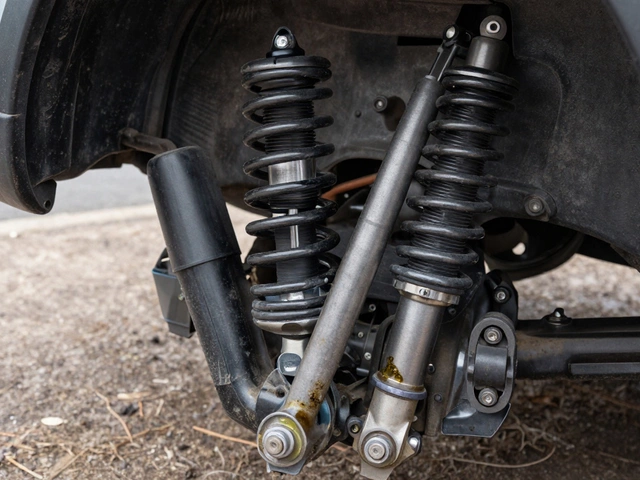Suspension Comfort: Signs, Causes, and How to Fix It
When your car feels like it’s bouncing over every little bump, suspension comfort, the system that keeps your tires in contact with the road and your body steady during driving. Also known as ride quality, it’s not just about feeling nice—it’s what keeps your car under control during turns, braking, and sudden stops. If your suspension is worn out, you’re not just uncomfortable—you’re at risk. A bad suspension doesn’t just make your ride jarring; it affects braking distance, tire wear, and even steering response.
Most people don’t realize that shock absorbers, the key components that dampen road impacts and prevent bouncing are the first to go. They don’t usually leak oil like you’d expect—instead, they just lose their ability to control movement. You’ll notice it when your car dives forward when braking, sways side-to-side on corners, or feels floaty on highways. car suspension, the entire network of springs, struts, bushings, and links that connect wheels to the chassis works as a team. When one part fails, the rest get overloaded. That’s why worn suspension parts lead to uneven tire wear, louder road noise, and even damage to other systems like your steering or brakes.
It’s not always obvious. You might think your car is just old, but a simple bounce test can tell you a lot. Push down hard on one corner of your car and let go. If it bounces more than once, your shocks are worn. Listen for clunking noises over bumps—that’s often a broken mount or worn bushing. And if your steering feels loose or your car pulls to one side, suspension alignment could be off. These aren’t just annoyances; they’re warning signs that your car’s safety is slipping.
Ignoring suspension comfort doesn’t just cost you comfort—it costs you money. Worn shocks wear out tires faster, reduce fuel efficiency, and make emergency stops longer. And if you keep driving on bad suspension, you risk damaging more expensive parts like control arms or even the frame. The good news? Most suspension issues are fixable without breaking the bank. You don’t always need a full rebuild. Often, replacing just the shocks or struts brings back the ride you forgot you were missing.
Below, you’ll find real-world guides from drivers who’ve been there—how to spot failing shocks before they turn dangerous, what to check during a DIY inspection, and when to skip the DIY and call a pro. No fluff. Just clear, practical info to help you get your ride back on track—safely and affordably.





